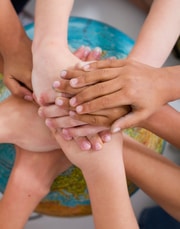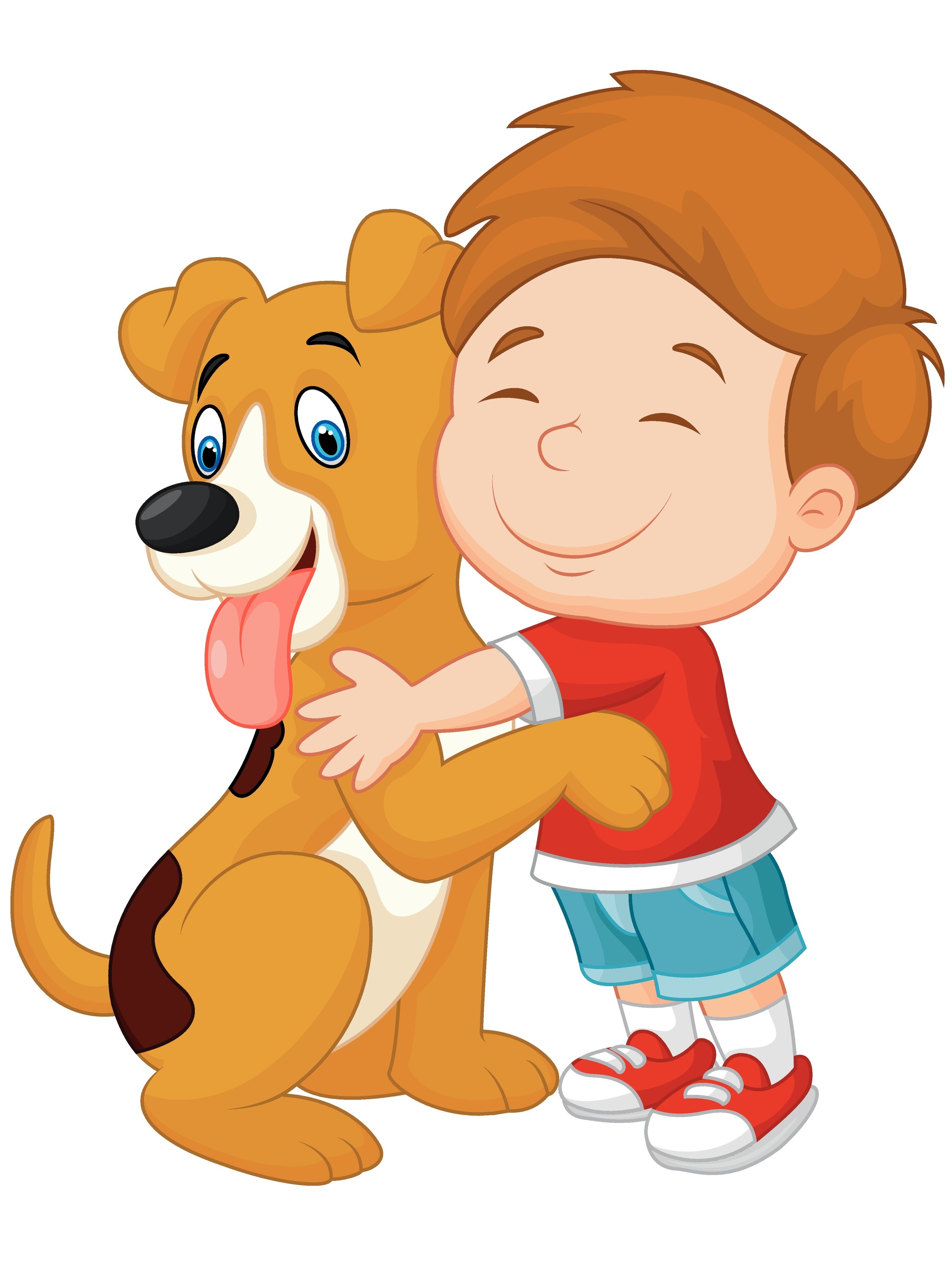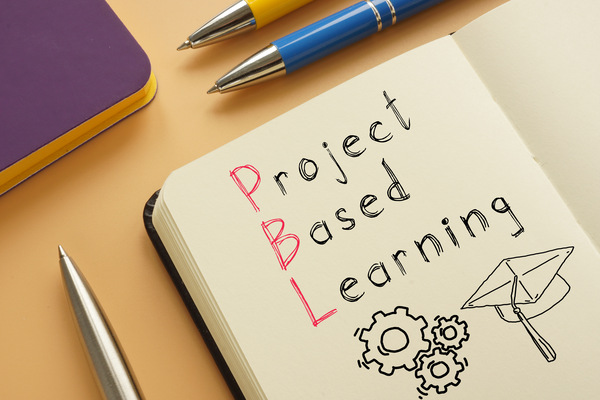Whether you are on the school playground or spending time with friends in your neighborhood on the weekend, not everything always goes as planned. You could skin your knees, bump your head going up the monkey bars and get splashed in the pool. Accidents happen. People get mad.
In that finger-snap moment, many say or do things that hurt friendships, feelings and even get them into trouble.
That doesn’t have to happen to you. You just need a few tools.
There’s nothing wrong with feeling mad. Everyone feels mad from time to time. The problem is when the anger makes you do things that hurt you or other people. That’s why the most important thing to think when you get mad is this: TAKE CONTROL.
TAKE CONTROL. You are stronger than you think. You have the power to get control of your anger. Here are some ways:
- When you open your mouth to yell at someone who hit you or splashed you, take a breath. Hold that breath. Let it out slowly. Take another breath. Those few seconds will save you from saying something mean or making someone else mad.
- Make fists and throw them away. That is, curl your hands into fists then quickly fling your hands open. Do that over and over until you feel your burning anger fade.
- Walk away. Walk to the side. Pace back and forth. This is a good way to help when you stub your toe or hurt your arm. It helps ease the pain while you let the anger out.
- Close your eyes and grit your teeth. Then let yourself relax. This helps you calm down and think.
These actions may seem easy, but they are not. You may need to practice them with friends or your parents. But they are important because they give you control. Once you have control, you can think about what made you mad. When you can think with a calm head, you can take care of what the problem is.
Did you bump your head? Then call an adult to make sure that you are not badly hurt.
Did another kid yell a mean comment to you? When you have control you can walk away or just roll your eyes or go tell your parents. If the comment was truly hurtful, you can talk about it with friends or family or a special adult—yelling back makes you just as hurtful as the person who hurt you.
Many adults go through life struggling with their anger. They get in trouble. This can often be made worse when they express their anger on social media. Some people go to jail. Many never learn to be the boss of their anger. They pay a big price for that. You are better than that—or you can be—when you learn what to do when you get mad.
When You Are Get Upset with Friends
Jill knows that Ringo — her fluffy spotted puppy — can understand her. Whenever she’s on her phone, Ringo sits politely at her feet and stares at her with round, brown eyes. Today, Jill read her social media posts to him. “Look,” she said, “Zazza is mad at Sam because he got into the school band and she didn’t”.
Jill continued. “Zazza said Sam got in because he gave the teacher a flower before auditions. They’re both my friends and I don’t know what to say.”
Ringo cocked his head and sniffed at the phone.
Jill sighed. “I know what you mean, Ringo. They’re both my friends. If I post something that makes Zazza feel good, it will make Sam mad. If I post something that makes Sam happy, Zazza will be upset. What should I do?”
Ringo flattened on the floor and covered his ears with his fuzzy white paws.
Jill crossed her arms. “You really think I should just stay out of it?”
Ringo sat up and panted.
“You’re right. Zazza is hurt right now, but she does so much, she’ll forget about it in a few days. Maybe I should wait ‘til I see her in person and tell her I’m sorry she didn’t get on the band.”
Ringo’s tail started sweeping the floor.
“You like that idea? That way, Zazza will l know I care and I won’t make Sam mad. After all, he’s my friend, too.”
Ringo let his long tongue flop out of the side of his mouth. Then he gave a deep, strong, “Woof.”
Jill nodded. “You’re smart. If I post something online, it will look like I’m taking sides between two people I like. If I talk to them in person, I’ll be a real friend instead of just someone who on comments online.”
Ringo panted happily. He liked people when they talked to each other in person. Being a dog, he knew that real friends share real time in the real world.
Online friends can’t throw sticks for you. They can’t sneak you a pizza crust when parents aren’t looking. Online friends can’t scratch your ears or take you for a walk. They can’t hug you or fill your water bowl. That’s why Ringo knows that what happens online is only part of being a friend. Being a real friend means being supportive in the real world and being kind in the real world.
Jill got off social media and phoned Sam. She congratulated him for getting on the band. Then she called Zazza and invited her over for pizza night.
That’s when Jill’s phone beeped. She looked at the message. “This is your Mom. Didn’t you forget something else in the real world?”
Jill smiled and tossed down her phone. “Hey, Mom,” she yelled into the kitchen. “Is it okay if Zazza comes over for pizza?”
How to Argue without Being Mean
What is he thinking? What’s wrong with her? How could they say those things? You want to talk back and let those friends know that you are right and they are wrong wrong wrong! How do you do that? You argue back—with Arguing Skill. But you do it without being mean or spiteful.
- NEVER ARGUE WHEN YOU ARE MAD OR SAD.
This is a hard one. When you feel like arguing about something, it is because the conflict makes you feel mad or sad. But when you are mad or sad, you lose control. You just weep or stomp around. You won’t win an argument, and you might make people think you are silly. Also, when you are mad or sad, you are likely to call people names, which is a bad way to argue.
- REALLY LISTEN AND HAVE RESPECT.
Part of being a ninja arguer is really hearing what the other person is saying. When you really understand what the other person thinks, you will be better at making that person understand you. if you really want someone to listen to you, you must listen to him or her.
- BE SURE YOU KNOW WHAT YOU WANT AND WHY.
“Just ‘cause” is not a reason. You need to be able to say clearly and nicely what your goal is and give reasons why your opinion should win.
COMPROMISE is when two people each give in a little to make a deal work. By compromising, both of you win.
Now, let’s see how these four points work in real life. Let’s start in the playground.
You’ve been playing basketball with your friends. After about an hour, Sandy grabs the ball and won’t give it back. She wants to go home and play video games. You want to keep playing, as do the other friends. You want to call her mean for taking the ball.
Instead, think. At that moment you don’t want to be nice. Put your hands on your hips and take a few steps, counting to ten. This gives you time to cool off (point 1).
Now, go back to Sandy and ask her why she wants to play video games rather than basketball (point 2).
Sandy says, “We’ve been playing all afternoon. It’s getting boring.” Being smart, you also listen with your eyes. You see that she’s sweaty and tired. Maybe she doesn’t want to sound weak.
As her friend, you respect what she says. But there are still five of you that want to keep playing (point 3).“We’d like to keep playing,” you say. Then you reach point 4.
Compromise. So you say, “How about we use your ball and play a bit longer. I’ll drop it off at your house when it’s done.” Sandy could reply: “Mom told me not to lend the ball out.” What do you do? Here’s an idea: “How about we play for another fifteen minutes then we can all go play video games?”
Each argument is different, because the people arguing are different. The goal is to come to an agreement. The better you can argue, the better you can get along.
Saying No Doesn’t Mean You Are Angry
For to many people, being kind means smiling all the time, being quiet and polite. You may think saying no to friends is a sign of aggression, just like when you get angry. Yet, anger management doesn’t mean you are never angry. Nor doesn’t mean showing anger is bad. It’s about controlling your angry so you don’t hurt yourself or others.
Likewise, saying no is sometimes necessary to maintain safe boundaries. Sometimes you have to stand up for yourself. You don’t always have to be sweet and agreeable. Many times, to be a “better person” you need to say: NO.
Life can be so easy if you always say yes. Yes, you’ll skip out of gym class. Yes, you’ll try to hit passing cars with rocks. Yes, you’ll see if you can take that flash drive without paying for it. By saying yes, you go with the flow. You follow the lead of someone else. You know what you are doing is wrong, but when a group of friends is staring at you, waiting for your answer, being “good” can be hard.
Saying NO can sound mean. Saying NO can make your friends angry. They might not even want to be friends anymore. That can make YOU angry or sad. Being a good person sometimes means standing up for what is right, even when everyone else seems against you. Being good means saying NO.
Saying no can be hard. As your friends are looking at you, saying no can be the hardest thing you will ever do. The problem is that saying yes can be even harder—but not at the time. After all, when you say yes, everyone laughs, nods and slaps you on the back.
But by saying yes to your friends, you could put yourself in danger. You could end up in trouble with your parents, your school or even the police. Saying yes to a cigarette or pot joint might not seem like a big deal, but yes could lead to an addiction that takes years to beat and costs thousands of dollars. Saying yes can hurt your health and cost you years of life.
Saying no can sting. It can make people yell at you. It can make you seem like a chicken when in fact saying no can take all the strength in your bones. People talk about being better people—and saying NO can feel like the wrong way to do it. That’s a mistake.
Saying NO tells the world that you are you are able to think for yourself. It tells the world that you are working hard to be a good person, even when being a good person can hurt.
Talk to your parents about saying NO. Talk to your friends about how hard it can be to stand up to bullies by saying NO. By learning early on when to say that little word, you are on your way to being a better person.








